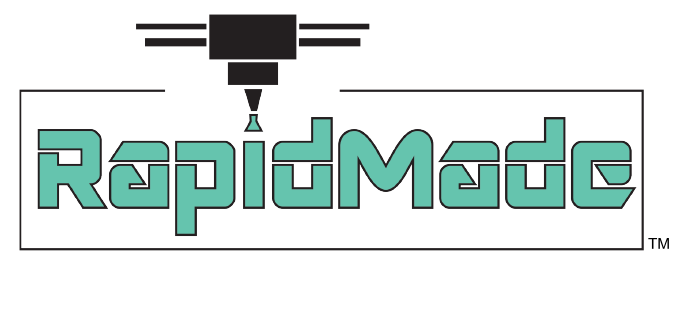As technology surrounding CNC machining continues to evolve, so do the applications and benefits it offers to the manufacturing sector. Between the increasingly mainstream use of smart technology and changing consumer behaviors due to the COVID-19 pandemic, companies in the manufacturing space are looking for solutions that can provide flexibility and improve productivity while reducing costs. As a result, the following CNC machining trends are beginning to take shape and impact the future of the industry.
Growing Popularity of 5 and 6-Axis Machines
Due to the cost-effective nature and compact characteristics of five– and six-axis machines, they are quickly becoming a popular choice for manufacturers seeking CNC technology that’s efficient. Six-axis machines only arrived on the market in recent years, featuring an added rotation around the Z-axis to boost both speed and efficiency.
For manufacturers, this translates to quicker high-volume production as well as faster cut times. In fact, research shows that utilizing these machine types can help decrease production time by up to a whopping 75%. As a result, manufacturers have the ability to mill more detailed and complex shapes, reduce production costs and accelerate their speed-to-market.
Greater Use of Robotics In Manufacturing
Innovations in robotics, including collaborative robots used in CNC machining, are helping manufacturers adjust to increased demand. Additionally, robotics are being leveraged to mitigate some of the burden faced by growing labor shortages. These collaborative robots, often dubbed ‘cobots,’ are designed specifically to work with humans, donning features like force limiters and padded joints as safety precautions.
Cobots are lightweight, versatile and programmed to work intuitively. For manufacturers, this means invaluable flexibility and agility within operational workflows, as these robots can be moved to accommodate different tasks when needed. Similar to Tesla incorporating vision systems into their vehicles to identify pedestrians and cars, cobots can also leverage this type of technology to recognize parts and handle them accordingly.
Cobot adoption has begun accelerating at a rapid rate in recent years – mainly due to advancements in machine learning, as well as the minimal up-front time investment they require. The use of robotic systems on the factory floor will also help drive worker productivity while decreasing long-term costs associated with human error.
A Rising Demand for Manufacturing-as-a-Service (MaaS)
Digitization has opened the doorway for businesses to collaboratively use technology like data analytics, cloud computing, sensors and the Internet of Things (IoT) to relinquish ownership of certain assets required to properly manufacture their products. Instead, time and money allocation will be shifted to outsource certain tasks and responsibilities to a manufacturing-as-a-service (MaaS), ultimately improving their bottom line.
MaaS uses networked resources to accomplish the manufacturing process. Maintenance and operating costs for CNC equipment, for example, are distributed across those subscribed to the service. Utilizing MaaS provides companies with the opportunity to be more productive, agile and reduce expenses.
CNC Machining & The Industrial Internet of Things (IIoT)
Through devices leveraging the Industrial Internet of Things (IIoT), manufacturers can connect CNC machines to a network to send and receive data and monitor operations remotely. According to Hitachi Solutions, “Nearly a third (31%) of production processes now incorporate smart devices and embedded intelligence. Additionally, 34% of manufacturers have plans to incorporate IoT technology into their processes, while 32% plan to embed IoT technology into their products.”
Social distancing and similar protocols put in place during the pandemic further accelerated the use of the technology. Sensors applied to milling machines, drill presses and similar equipment allow manufacturers to monitor machine parts and evaluate the lifecycle of a machine. The data collected can facilitate predictive maintenance – allowing companies to use performance data to forecast when a machine may fail or require maintenance. This capability alone can extend the lifespan of CNC equipment, providing manufacturers with substantial cost-savings on maintenance.
In today’s market, demand is calling for shorter lead times at lower price points. Thanks to innovations in technology, manufacturers are more equipped than ever before to meet these demands.
Looking for parts or prototypes? Check out our free quote tool today to see how RapidMade can help make your vision a reality.

